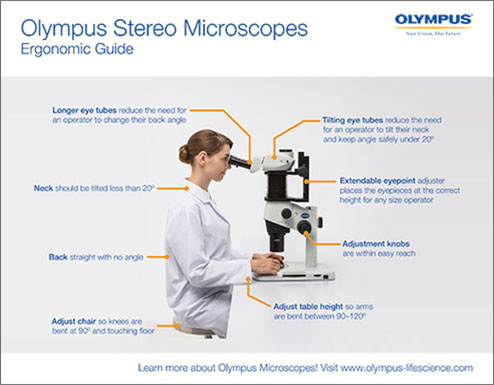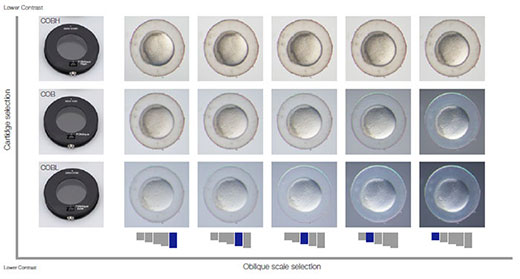실체현미경
Olympus stereo microscopes offer three dimensional imaging with a wide zoom ratio and high numerical aperture (NA). Excellent image quality with our advanced optics, improved functionality, and various ergonomic accessories make Olympus stereo microscopes easier and more comfortable to use in life sciences and biology when performing sample selection, dissection, and manipulation. Olympus offers a variety of stereo microscope models ideal for both routine and advanced research applications, from routine standard models with a wide zoom ratio and natural view to advanced models with an ultra-wide zoom ratio and high resolution, alongside advanced fluorescence imaging capabilities. Furthermore, the LED transmitted light illumination base enables you to easily switch observation methods and flexibly adjust the contrast level by changing optical cartridges. | 관련 영상 |
|---|
Stereo Microscope
Stereo Microscope FAQs
What is a stereo microscope?
A stereo microscope is different from a compound microscope because a stereo microscope uses two optical paths instead of just one. The two eyepieces in a stereo microscope transfer an image of the given sample from two different angles, resulting in a three-dimensional view and enabling you to perceive the depth and dimensions of thick specimens, like eggs or embryos.
A stereo microscope is used for low-magnification applications, allowing high-quality, 3D observation of subjects that are normally visible to the naked eye. In life science stereo microscope applications, this could involve the observation of insects or plant life. Also, it is often referred to as a dissecting microscope, due to its usefulness in biological dissection work.
How to use a stereo microscope
Using a stereo microscope is relatively simple. The specimen you are viewing is placed on the stage plate—if it is a live specimen, a glass petri dish can be used to contain it. To view the specimen, switch on the light source on the stereo microscope and adjust the eyepieces so that you can comfortably look through the microscope. You can also observe in high magnification by adjusting the zoom, without changing the objective of each magnification such as on an upright/inverted microscope.
Stereo Microscope Resources
Olympus Stereo Microscopes: Ergonomic GuideThis downloadable infographic takes a closer look at the ergonomic designs within the Olympus collection of stereo microscopes. | Infographic |
|---|
Optimizing Your Oblique Observation using Our Flexible Contrast SolutionThe LED illumination base enables you to optimize your observation by adjusting the contrast level and the angle and size of the light/shadow (oblique) independently. Find out more in the app note. |
Sorry, this page is not
available in your country.

